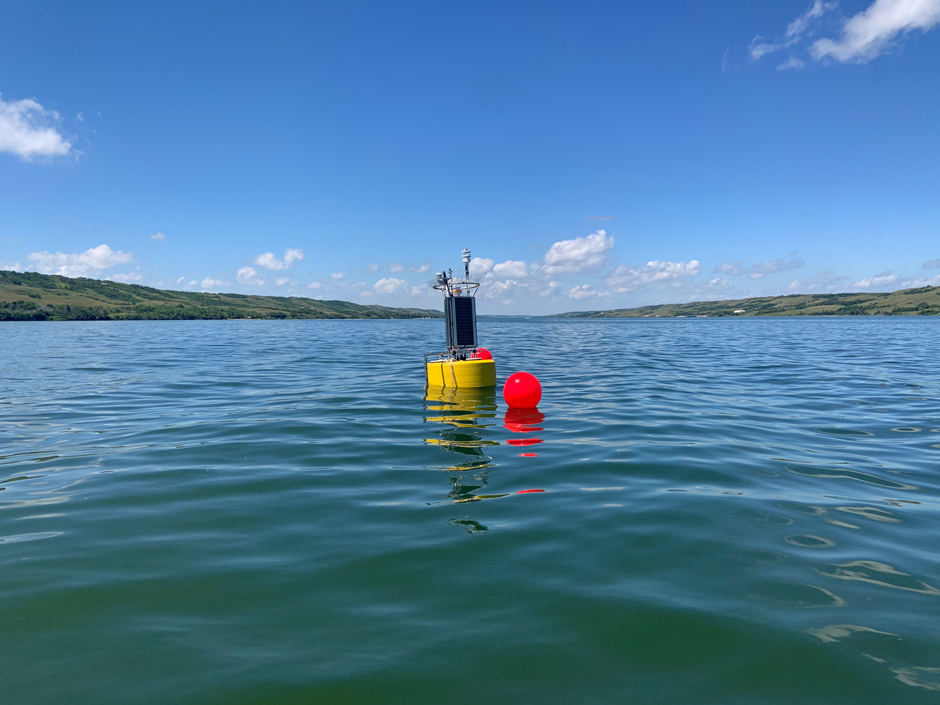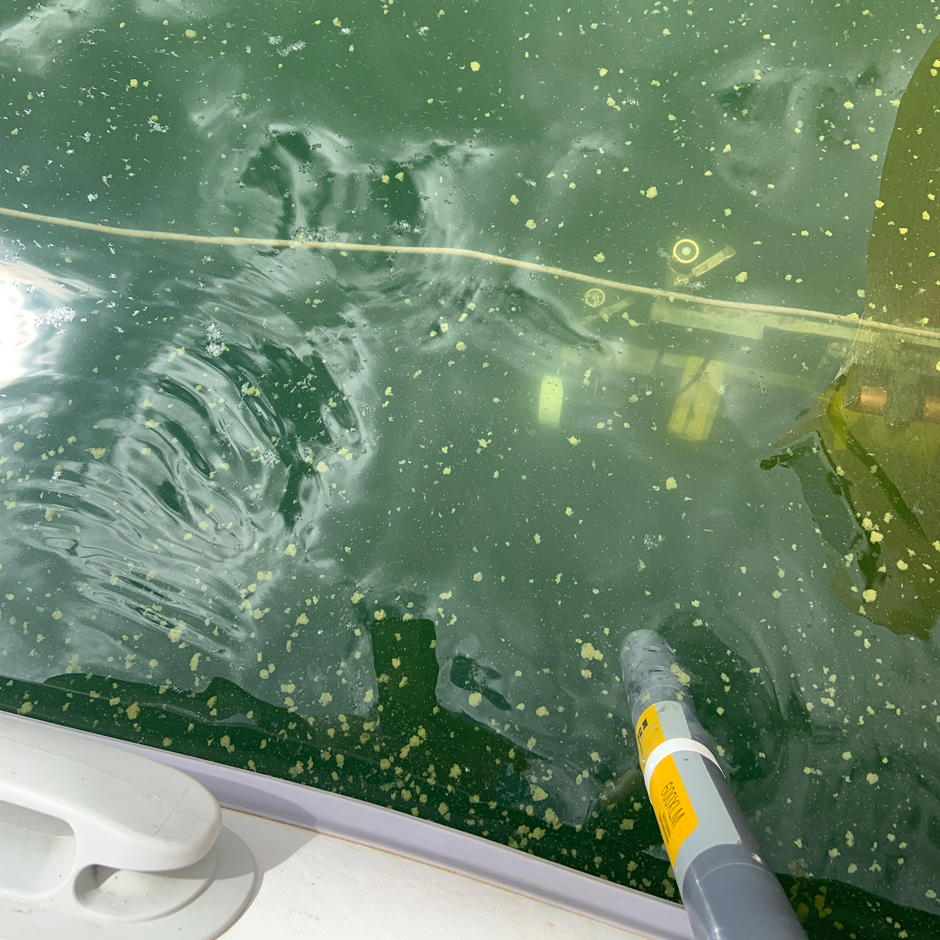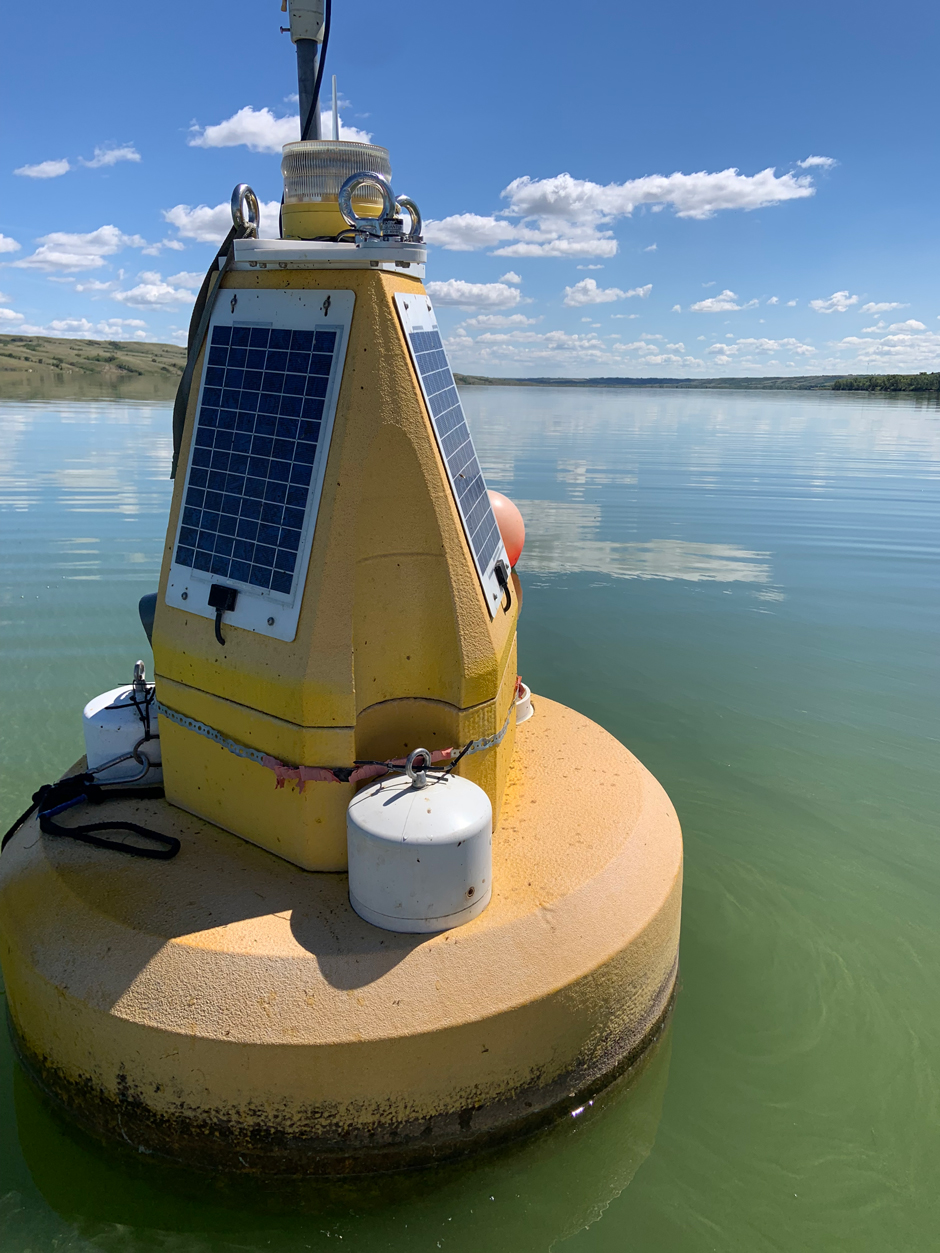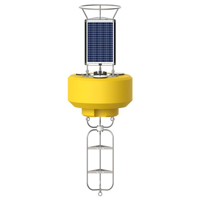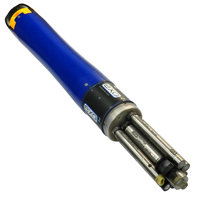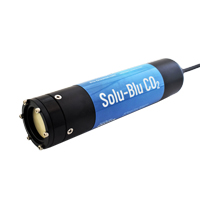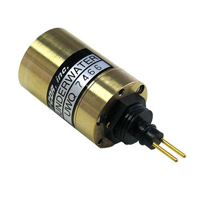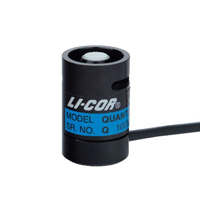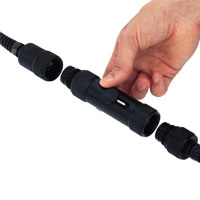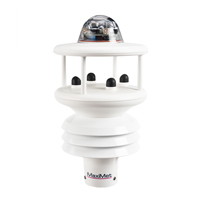In regions impacted by water insecurity, water quality monitoring can be foundational in improving water treatment and informing environmental regulations that protect source water. Helen Baulch, an associate professor at the School of Environment and Sustainability at the University of Saskatchewan, relies on real-time water quality monitoring systems in her work, focusing on making the region more water secure.
Challenge: Worsening Water Quality and Water Insecurity
While natural physical properties worsen some of the poor water quality conditions in the region, others are connected to land use. Most of Baulch’s work has focused on Buffalo Pound Lake, a source water resource that supplies drinking water to two cities.
High nutrient loads and organic carbon in Buffalo Pound Lake have deteriorated its water quality over time. Additionally, the lake is very shallow, so it stratifies periodically, which can influence its chemical and physical properties. The main concern for Baulch is cyanobacterial behavior in the lake, as well as the impacts of dissolved organic carbon on disinfectant byproducts.
The damage caused by pollutants and worsening water quality has made the prairies of Saskatchewan one of the least water-secure parts of Canada.
Solution: Real-Time Monitoring and Water Protection
Because Buffalo Pound Lake experiences winter freezes, Baulch and her team have developed seasonal strategies to monitor throughout the year. In the summer, a CB-950, affectionately named Superbuoy, and an older MB-200, named Big Buoy, monitor conditions, focusing particularly on algal blooms.
Both buoys have two YSI EXO2 Sondes deployed at different depths equipped with total algae, dissolved oxygen, conductivity, pH and ORP, turbidity, and fDOM sensors. Superbuoy has two additional CO2 Solu-Blu sensors deployed under the surface. Both Big Buoy and Superbuoy have three LI-COR light sensors—an LI-190 placed above the water and two LI-192 deployed under the water—and a TS210 thermistor string ending in a T-Node FR. All of the data helps inform treatment plants of incoming water conditions.
Weather conditions play a significant role in the frequency, severity, and movement of HABs. Deployed on each of the buoys is a Maximet GMX600 which collects temperature, humidity, pressure, wind speed/direction, and precipitation data. An environmental webcam on Superbuoy records short videos every hour, allowing Baulch to view lake conditions remotely.
In the winter, the buoys are removed to prevent damage to the equipment. Seasonal deployments are also safer for staff who have to manage and maintain the instrumentation. During the colder months, monitoring shifts to winter lake towers, which house an EXO2 sonde, four light/temperature Onset HOBO pendants, and a HOBO Dissolved Oxygen logger to measure oxygen levels at the bottom of the lake.
Benefits: Informed Water Treatment
Because Buffalo Pound Lake is so shallow, turnover and mixing occur frequently, leading to dramatic shifts in water quality. For water treatment plant managers, this can make providing safe drinking water more challenging, contributing to water insecurity.
The data collected by the real-time systems are streamed to WQData LIVE, where conditions are visible to Baulch and plant operators. If any of the measured parameters fall in ranges that can lead to treatment upset, alarms are sent to everyone involved in the project, allowing the plant to modify treatment steps. Challenging in-lake conditions that can cause treatment upset have become more common, yet the plant has been able to adapt and avoid problems.
“The operators also know when they need to change their decisions–so that provides an immediate benefit to the streamed data,” explains Baulch.
The Bottom Line
The introduction of real-time systems has made year-round data collection more convenient and helped paint a more comprehensive view of the lake. According to Baulch, the durability and reliability of the buoys, particularly in source water monitoring and water treatment applications, have been game-changing due to WQData LIVE’s alarm system and the ability to troubleshoot while staying online.
Equipment
The NexSens CB-950 Data Buoy is designed for deployment in lakes, rivers, coastal waters, harbors, estuaries and other freshwater or marine environments.
The YSI EXO represents the next generation of water quality instruments from YSI. The EXO2 sonde includes six sensor ports and a central anti-fouling wiper option.
The Pro-Oceanus Solu-Blu Dissolved CO2 probe can be used for long-term continuous in-situ monitoring to provide reliable free dissolved carbon dioxide data.
The LI-COR LI-192 Underwater PAR Sensor Quantum sensor accurately measures photosynthetically active radiation (PAR) in freshwater or saltwater environments.
The LI-190R Quantum Sensor measures photosynthetically active radiation (PAR), which is energy that drives photosynthetic reactions in plants.
The NexSens TS210 Thermistor String provides high precision temperature measurements for profiling in lakes, streams, and coastal waters.
The NexSens T-Node FR thermistor string provides high precision temperature measurement in an addressable and connectorized assembly.
The MaxiMet Marine Compact Sensors combine IP68 environmental protection with high quality sensors for deployment on data buoys and in other marine environments.

